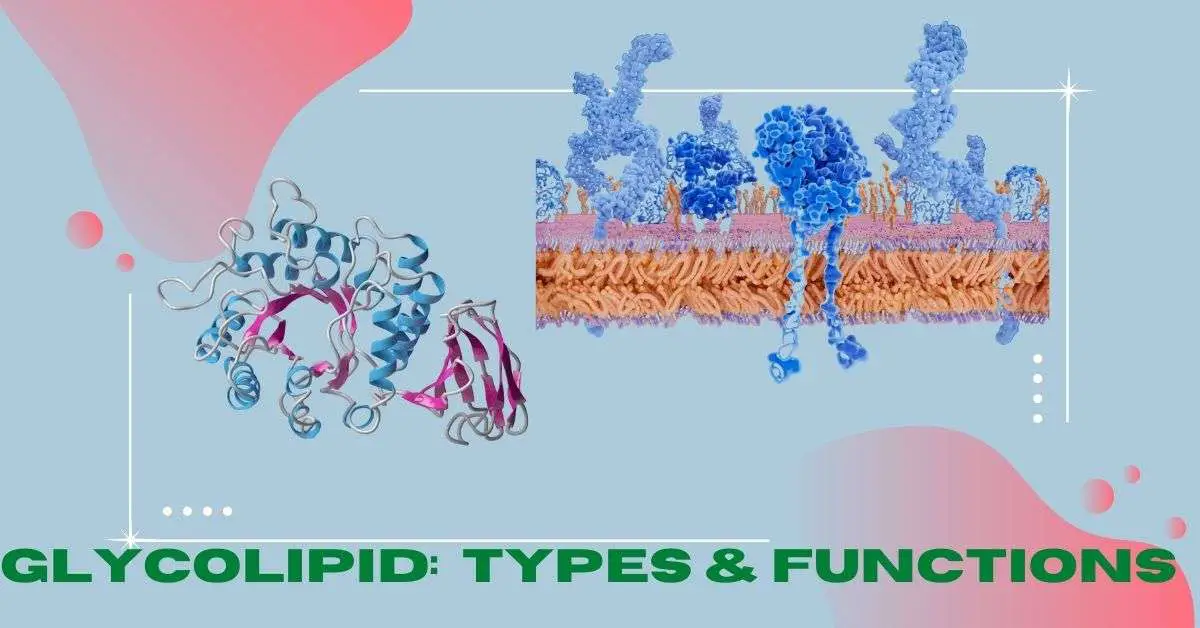Glycolipid: Types and Functions
The term “glycolipid” defines the combined lipids of the glycerol moiety and these fatty acid chains. Glycolipids occur in nature in combination with proteins, forming larger structures known as glycosomes. Glycolipid is an amphiphilic molecule that shows promise for fighting cancer. It looks like a small soap-bubble; surfactant-based, it dissolves in water (hydrophilic), and within … Read more

